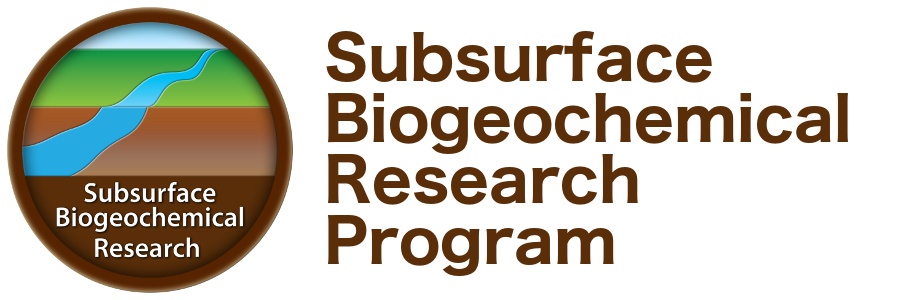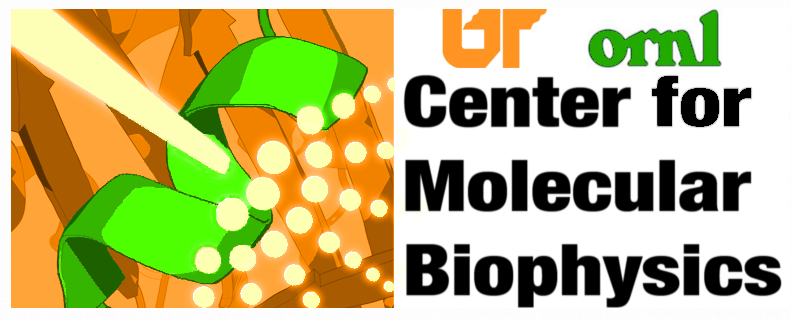1. What is AQUA-MER aqueous speciation database?
AQUA-MER is the first online resource that realizes multi-scale modeling of Hg biogeochemistry in the environmental water systems. It has four modules, a speciation calculator for mesoscale modeling, a computational chemistry toolkit for atomic-scale and quantum-scale modeling, a calculated stability constants database and an experimental measured stability constants database, which includes solvation free energies (ΔGsolv) and proton disassociation constants (pKa) of low molecular weight organic/inorganic compounds in aqueous solution, and stability constants (log K) of these compounds interacting with Hg.
2. What can I do with AQUA-MER?
With AQUA-MER you can perform multi-scale modeling of Hg biogeochemistry studies, such as speciation calculation, conformational search for small molecules, ΔGsolv calculation, pKa calculation, and log K calculation, etc.
3. Can I use AQUA-MER to study other metals, such as Cd Pd Co etc?
Yes, you can use AQUA-MER to perform biogeochemistry study of other metals. However, since AQUA-MER has been optimized against Hg biogeochemistry studies, you need to provide your own log K data to study these metals. If you don't have the experimental data of the metal you want to study, you can use our Computational Chemistry Toolkit to calculate them.
4. Can I perform the calculations online?
Yes and no. For speciation calculations and conformational search calculations, you can use our server to perform the calculations online. But for ΔGsolv calculation, pKa calculation, and log K calculation, which require quantum mechanics (QM) calculations, such as density functional theory (DFT), we only generate input files for you. You have to perform these calculations with your own computers.
5. Can I use my own data for speciation calculations?
Sure. During construction of the virtual solution, if no parameters can be found in AQUA-MER, you will be promoted the options to add your own data or to calculate the required constants with our computational chemistry toolkit. Please look at HERE for more details.
6. Which algorithms are available for conformational search?
Currently, three different methods are available on AQUA-MER. They are Random sampling with MM optimization, Random sampling with QM optimization, and MD simulation with replica exchange sampling. Please look at HERE for more details.
7. Which QM software should I use to perform ΔGsolv, pKa, and log K calculations?
We recommend using Gaussian 09/16. That's because the parameters and validation calculations were performed with Gaussian 09. Since it is commercial software, if you don't have a license, you can also use NWChem instead. AQUA-MER can generate input files for both of them.
8. Which solvation model should I use to perform ΔGsolv, pKa, and log K calculations?
We recommend using SMDsSAS (SMD with a scaled solvent-accessible surface) model, which is an optimized SMD solvation model. AQUA-MER uses this technique as a default for ΔGsolv, pKa, and log K calculations. For more details of this model, please refer to Dr. Peng Lian and Dr. Deepa Devarajan's papers at the citation part of this FAQ.
9. Can I contribute data to AQUA-MER?
Sure. You are welcome to do that! Please contact Dr. Peng Lian lianp@ornl.gov for data contribution and bug report.
10. Who is behind AQUA-MER?
AQUA-MER is run and devised by the Center for Molecular Biophysics (CMB) of the University of Tennessee/Oak Ridge National Laboratory (UT/ORNL). It is supported by an award from the Subsurface Biogeochemical Research (SBR) Program of the Biological and Environmental Research arm of the Office of Science of the U.S. Department of Energy (DOE).
11. Any step-by-step guide on how to use AQUA-MER?
Sure. The supporting information of our JCC paper is a good start. You can find if from Here.
12. How can I cite AQUA-MER?
1) Peng Lian, Luanjing Guo, Deepa Devarajan, Jerry M. Parks, Scott L. Painter, Scott C. Brooks, and Jeremy C. Smith. The AQUA-MER Databases and Aqueous Speciation Server: A Web Resource for Multiscale Modeling of Mercury Speciation. (2019) Journal of Computational Chemistry. DOI: 10.1002/jcc.26081
The technical papers on accurate calculation of ΔGsolv, pKa, and log K are listed as bellow,
2) Peng Lian, Ryne C. Johnston, Jerry M. Parks, Jeremy C. Smith. Quantum Chemical Calculation of pKas of Environmentally Relevant Functional Groups: Carboxylic Acids, Amines, and Thiols in Aqueous Solution. (2018) The Journal of Physical Chemistry A. 122 (17), pp 4366–4374. DOI: 10.1021/acs.jpca.8b01751
3) Deepa Devarajan, Peng Lian, Scoot C. Brooks, Jerry M. Parks, Jeremy C. Smith. Quantum Chemical Approach for Calculating Stability Constants of Mercury Complexes. (2018) ACS Earth and Space Chemistry. DOI: 10.1021/acsearthspacechem.8b00102




